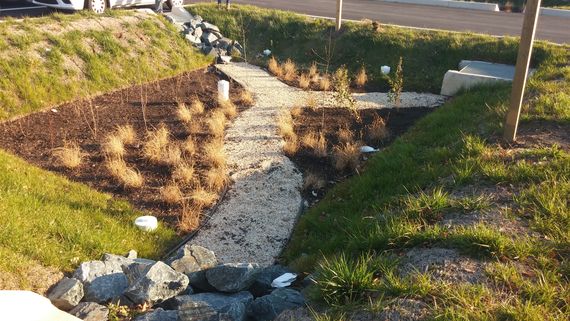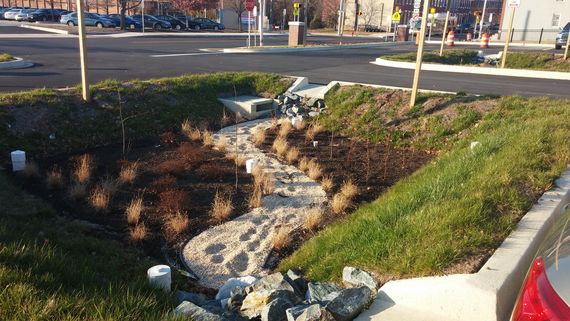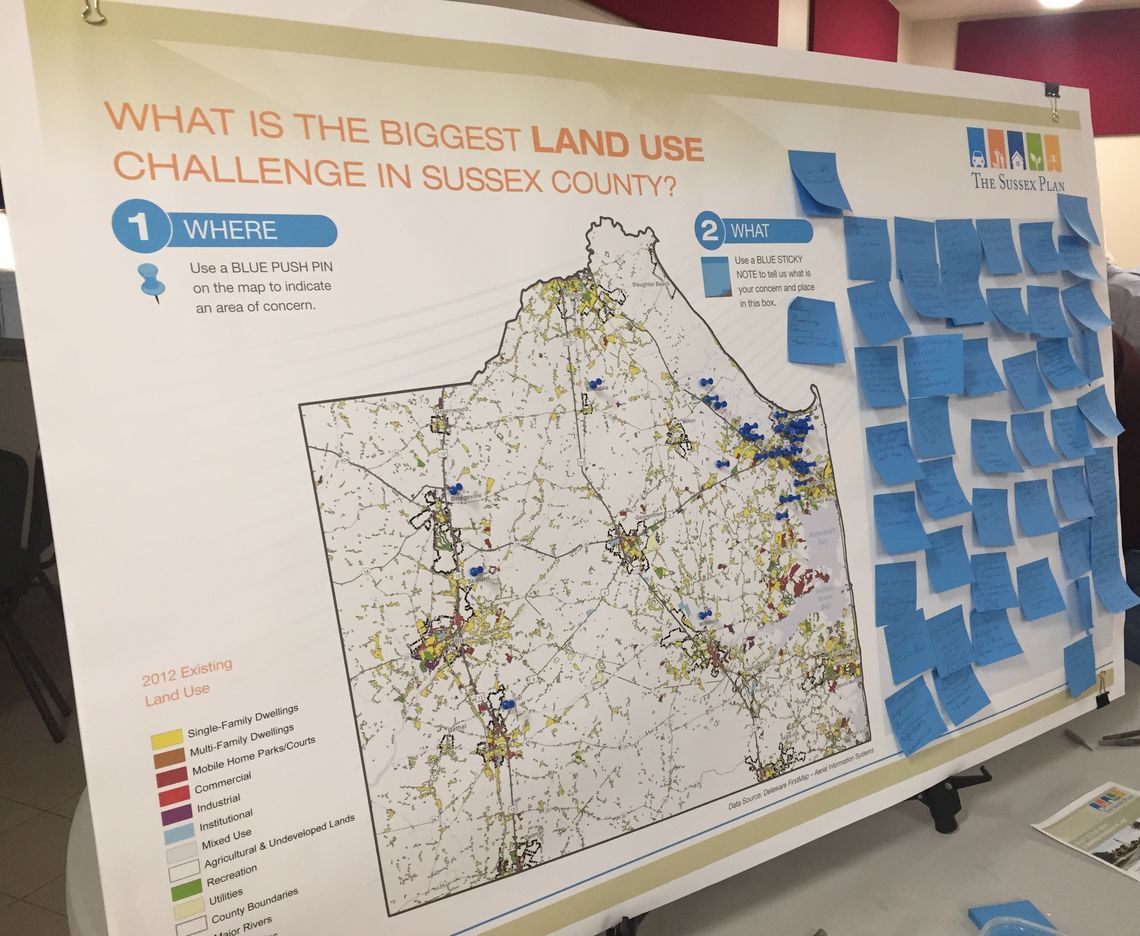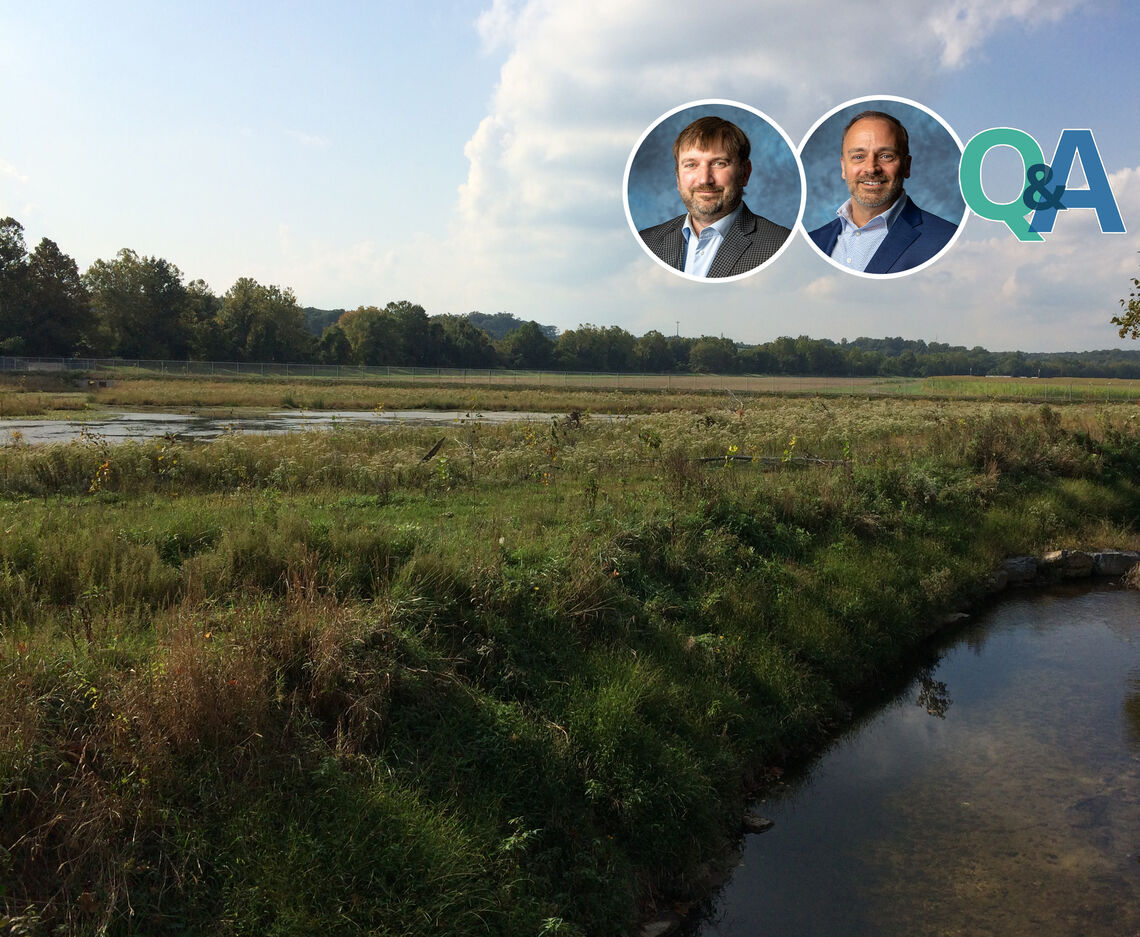
RESILIENCY, PART 2 - OPPORTUNITIES FOR RESILIENCY
Each year, communities are increasingly facing challenges presented by climate change. Rising sea levels and an increased intensity, and frequency of weather events is impacting the surrounding infrastructure and ecosystem in various ways. States and local governments are working to adapt, modify, and mitigate to make their communities more resilient.
To explore the topic of resiliency further, we’ve interviewed McCormick Taylor’s Director of Environmental Services and Certified Climate Change Professional, Scott Lowe; and Director of Water Resources, Chris Brooks, PE. We will share their perspective in a three-part series of blog posts covering the challenges communities face, opportunities for resiliency, and benefits and goals for the future. Part two of the series focuses on Opportunities for Resiliency.
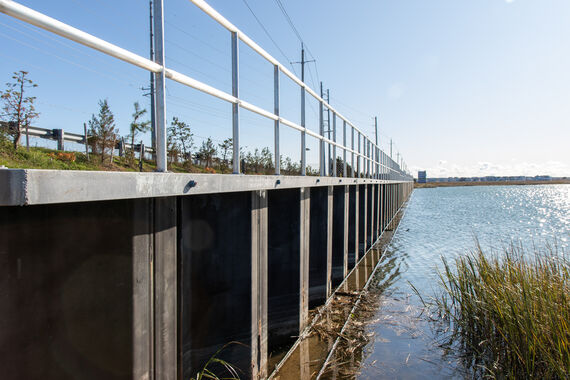
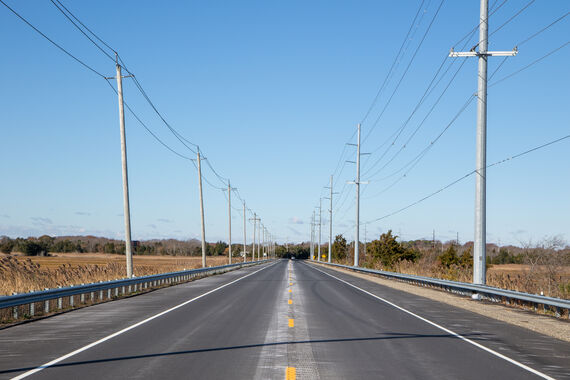
In what way (s) can our infrastructure become more resilient?
Scott: Infrastructure can be designed, operated, and maintained to allow for community connectivity by predicting and accounting for future risks. In some cases, this can require difficult decisions regarding what to protect and what to sacrifice. Water needs space and we need to identify where it can go safely.
Chris: As it relates to future development (which can be controlled in the present), one key component is to ensure design and construction criteria consider long-term projections related to climate, which may include precipitation frequency and intensity. The decades-old approach of using historical data to set criteria is no longer effective or logical. We need to be looking forward and setting standards based on 30-year projections rather than 30 years of past data.
We also need to change the way we look at infrastructure criteria – for example, where is it ok to allow for controlled overtopping of a roadway rather than passing larger storm events under it? Recognizing that not all hydraulic crossings are equal in terms of their societal importance, and that funding to upgrade structures to future projected hydrology is not limitless, we may get more out of our investment by considering which roadways must be open to traffic 24/7/365 (evac routes, connection to public services) and what crossings may benefit more from being ‘durable’. This can be a more economical investment than upsizing a crossing when the surrounding areas are sufficiently floodproofed or resilient as well.
How can state and local governments help? What opportunities are there for collaboration?
Scott: The establishment of Offices of Resiliency and Resiliency Authorities are essential for developing plans, prioritizing capital improvements, and public involvement. As climate change impacts all our resources and communities, collaboration with all levels of government, businesses, and utilities is critical to enact the necessary policies and infrastructure projects.
Chris: It’s important for State and local governments to employ long-term thinking and technological approaches to capital planning that utilize the latest GIS data, climate projections, and tools. In certain areas, this can be as simple as assuring decision making at the highest levels is “science-forward” and data based, rather than solely political in nature.
Also, development criteria must consider a science and data-based approach. Regulatory changes should consider the needs of the development community, but ultimately serve the greater public interest to create a resilient future with any new construction. The process should ensure that environmental regulations do not go overboard in a way that handcuffs broad-scale efforts of local governments to upgrade infrastructure for resiliency.
Read more of our Resiliency series here:
Resiliency Part 1 - Challenges Communities Face
